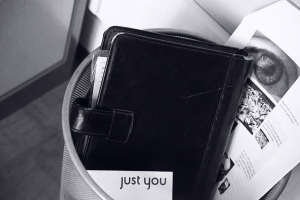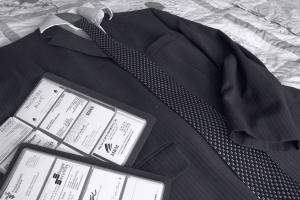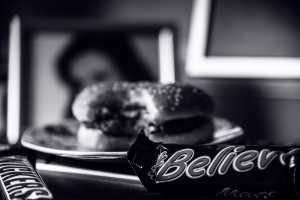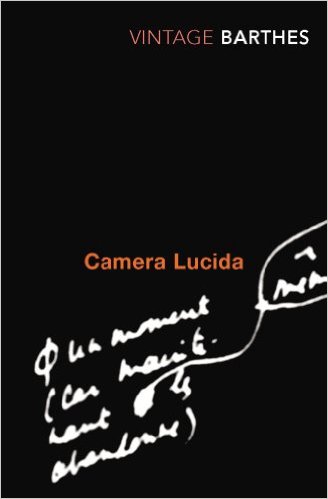This slideshow requires JavaScript.
This is my new alternative presentation from my original work for assignment 2 based upon my Tutors comments.
My Tutor commented on two images that he felt should have been composed in landscape to be consistent with my other images and he felt that the last image was weak in comparison the the rest. I have therefor re-shot to offer better alternatives.
The first was referring to my dog and this was the original portrait version.


D-800e, 24-120mm f/4 @ 120mm, 1/20 sec, f/8, ISO-320, daylight W.B. Adjustments made in Lightroom to convert to black-and-white and then image tinted in Photoshop, Hue 257, Saturation 3.
This new version composed in landscape photographed in RAW and converted to black-and-white in Lightroom and tinted in Photoshop.
This next image Clive felt was weak.

Clive’s two objections were that again it has in portrait and he felt the colour was at odds with the black-and-white theme of the other images.
I can not re-do this picture to landscape as time has moved on and this bud has since flowered and gone. Furthermore, I was never one-hundred percent happy with it anyway, as I had struggled to come up with a better idea for an image. However, I have recently had a new idea that I like….

As you can see I have sketched out my idea of an image of myself suited and booted shaking hands with another suited and booted person whilst discreetly crossing my fingers. I want this image to denote a business meeting or interview and connoting a message of hope and optimism for the future. I set the camera up on a tripod, used one speedlight in a soft-box controlled remotely by Pocket wizards. The camera was set to manual and manual focus and tethered to my lap-top for picture control, I also used a separate Sekonic lightmeter to meter the flash.
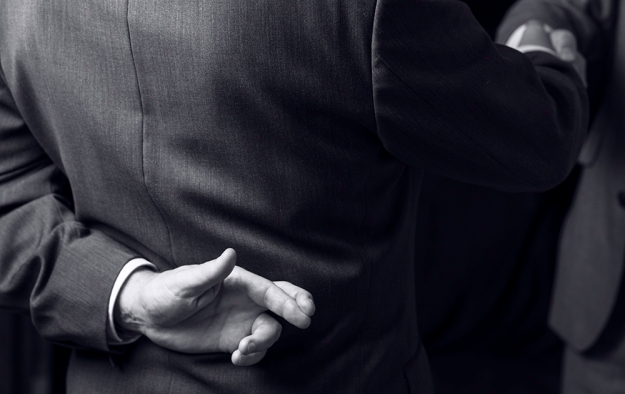
D-800e, 24-120mm f/4 @ 120mm, 1/125 sec, f/6.3, ISO-125, flash used, daylight WB. Adjustments in Lightroom to black-and-white and colour tint adjustments made in Photoshop, Hue 257, Saturation 3. On reflection of this picture, I now consider that a second light would have been in order, set in front of me and to the left to help separate my right arm from the background. I could mess about in Photoshop to get better separation; but for this exercise I wont.
Using Clive’s suggested tinting I have produced new tinted versions of the rest of the black-and-white images. The originals are on the left and the new tinted versions on the right.

